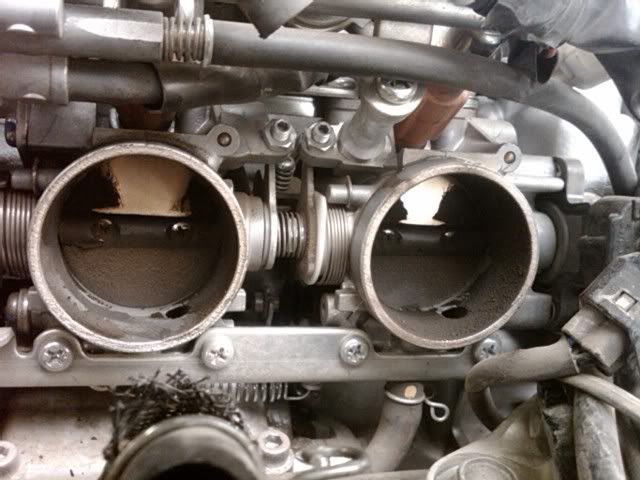SkooterG
Purveyor of Crooked Facts
It's been discussed before in other threads on other subjects, but I wanted to start a separate thread for discussion of the root cause of dirty throttlebody butterflies.
Like those you see here:
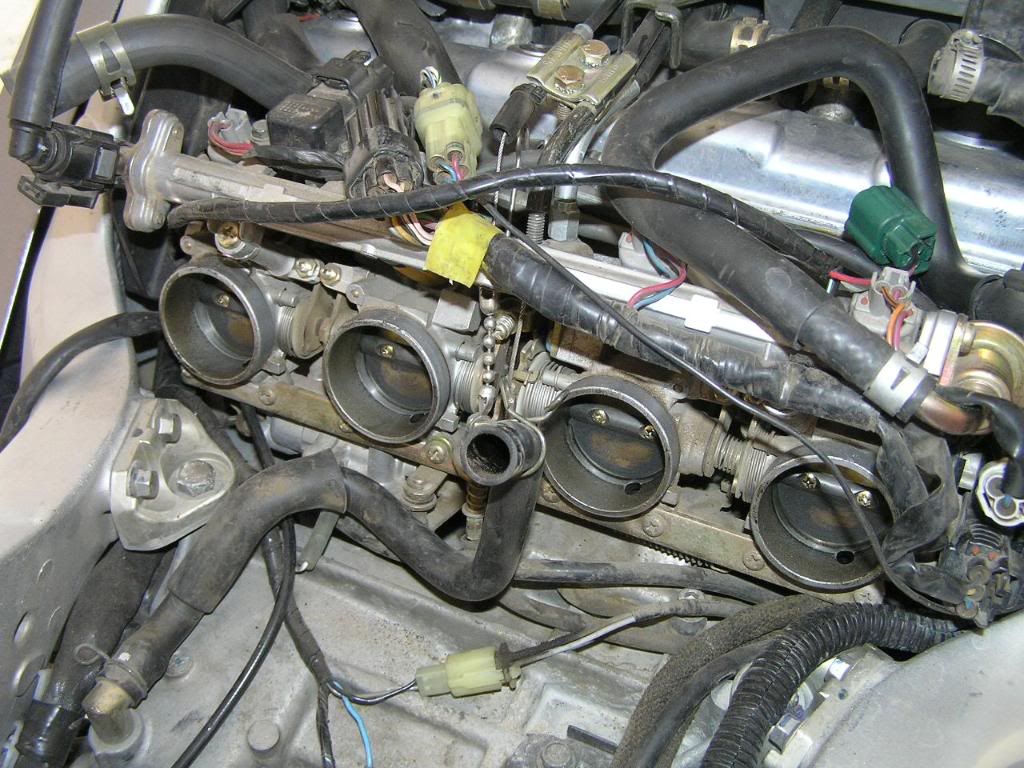
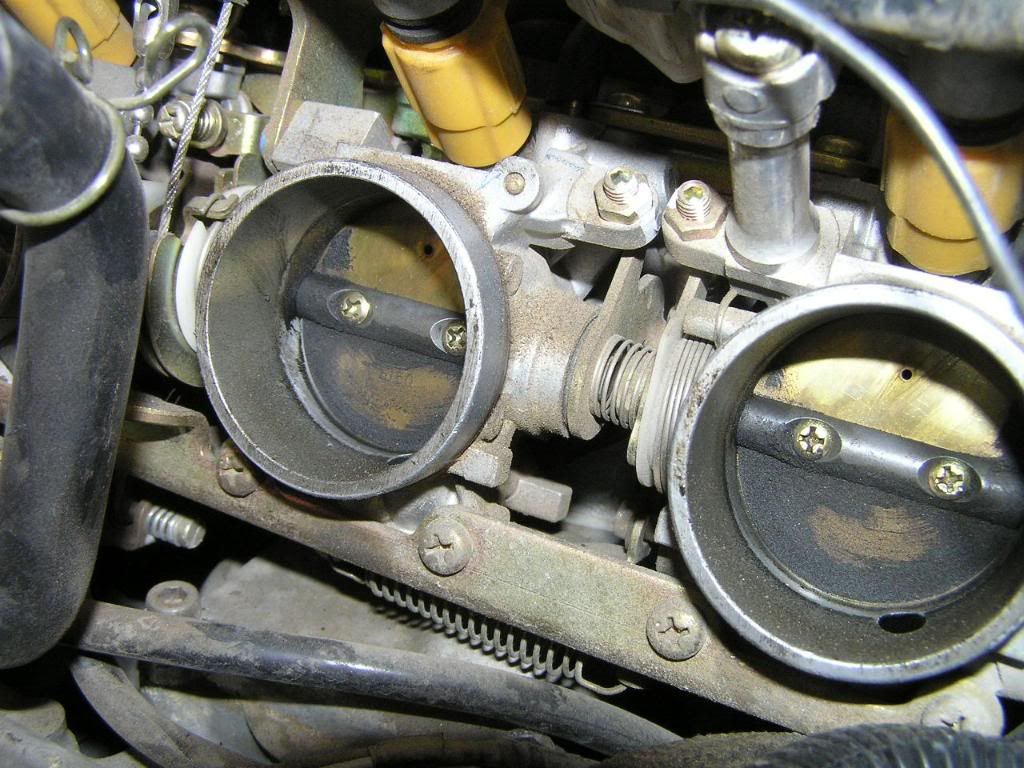
Approximately 160k miles on those from my first 2004 FJR.
We have seen others report the same thing. DCarver and Radiohowie that I know of for sure. In the past I have also had a couple folks PM me about the same issue. One only had about 30k miles on his 05 iirc and had the dirty butterflies.
I have seen one person describe the build-up as 'carbon', but mine was an oily, gunky, residue. Not carbon.
Also recently, a forum member said his were much worse than my photos above and the engine had been babied. So some theorized that occasional or regular running of the engine hard would be beneficial to keeping the TB butterflies clean. After what happened to me two weeks ago I am not so sure.
Two weeks ago I ran my FJR REALLY hard for just under 24 hours. During daylight it spent a LOT of time at WFO throttle and max speed running near, at, or even above readline continuously. For the first time that I have ever noticed, it consumed oil. About 1/2 - 3/4 of a quart in about 2000 miles. Well a few days after returning I changed my air filter and in doing so saw something I have never seen in over 300,000 miles of FJR ownership - wet, oily spots inside the airbox.
This is close to what I usually see when replacing the air filter. These photos are off a friend's 2004 FJR that I serviced and is 'worse' than typical. But I usally see a fine layer of dirt/dust that got past the (OEM) filter.
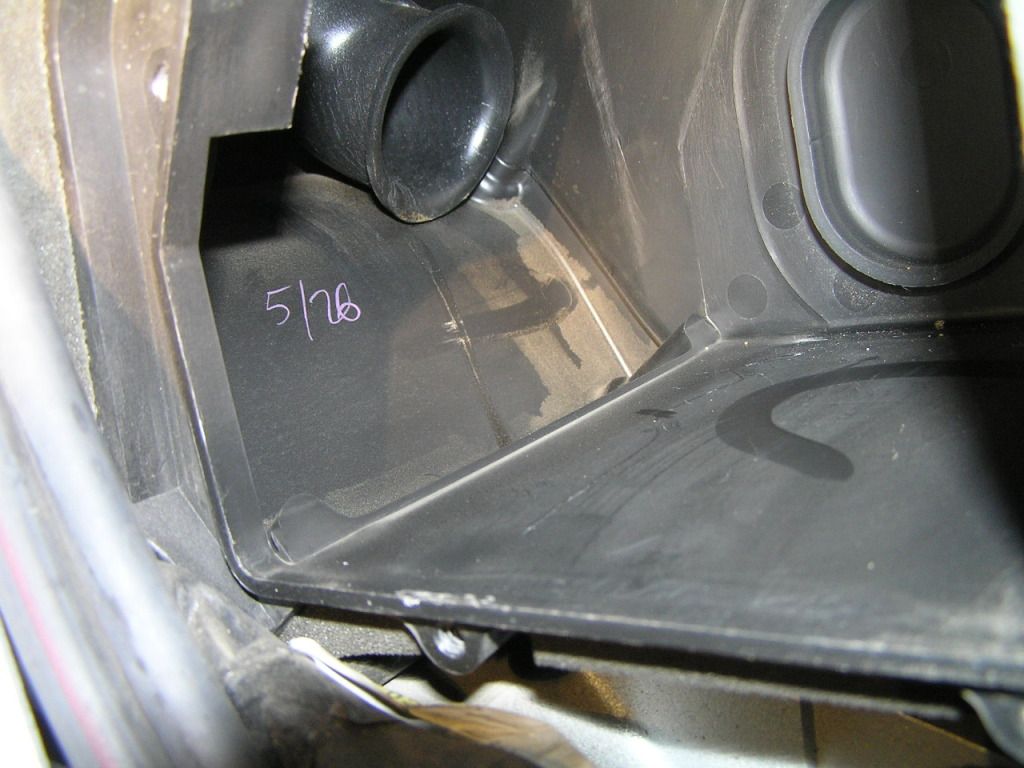
Well, a few days ago, after running my poor FJR at the limit for extended periods there were 'spots' of oily moisture throughout the airbox. At the bottom, in the little valley there was more of it, though not 'pooled'. Unfortunately I didn't get any photos of that, but I did get a photo of the paper towels after cleaning the interior of the airbox. These were completely clean before.
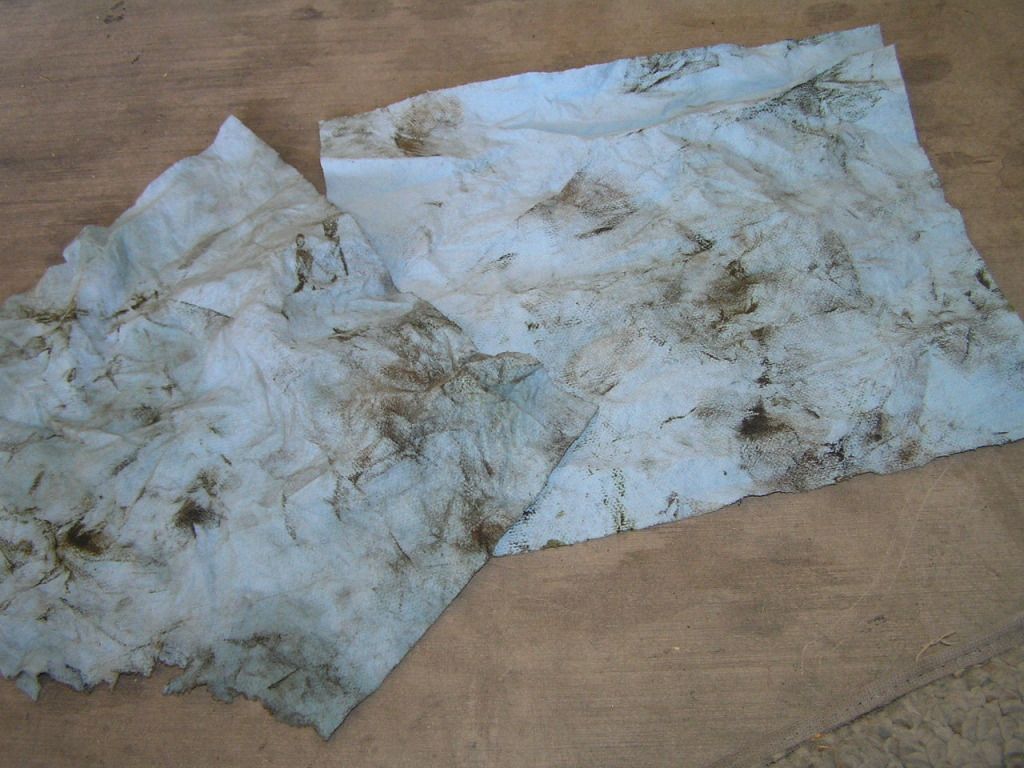
Thick, dirty, oily residue type of gunk. 'Normally' there would just be some light brown or tan fine dust on the paper towel.
So my theory is that all that high rpm continuous running is doing something (pressure build up in the crankcase?) that causes oil from the crankcase to get into the airbox through the crankcase ventilation hose that goes from the crankcase to the airbox (unfiltered side). I am guessing it is in vapor form for the most part?
And so back to dirty throttlebody butterflies. My theory is that the root cause of those dirty butterflies is oil vapor coming from the crankcase through the airbox and then sticking to the butterflies which then attracts and builds up along with whatever dirt is allowed through by the air filter.
So in other words, perfectly normal for the design of the FJR's engine and not anything to really worry about.
Thoughts?
Like those you see here:


Approximately 160k miles on those from my first 2004 FJR.
We have seen others report the same thing. DCarver and Radiohowie that I know of for sure. In the past I have also had a couple folks PM me about the same issue. One only had about 30k miles on his 05 iirc and had the dirty butterflies.
I have seen one person describe the build-up as 'carbon', but mine was an oily, gunky, residue. Not carbon.
Also recently, a forum member said his were much worse than my photos above and the engine had been babied. So some theorized that occasional or regular running of the engine hard would be beneficial to keeping the TB butterflies clean. After what happened to me two weeks ago I am not so sure.
Two weeks ago I ran my FJR REALLY hard for just under 24 hours. During daylight it spent a LOT of time at WFO throttle and max speed running near, at, or even above readline continuously. For the first time that I have ever noticed, it consumed oil. About 1/2 - 3/4 of a quart in about 2000 miles. Well a few days after returning I changed my air filter and in doing so saw something I have never seen in over 300,000 miles of FJR ownership - wet, oily spots inside the airbox.
This is close to what I usually see when replacing the air filter. These photos are off a friend's 2004 FJR that I serviced and is 'worse' than typical. But I usally see a fine layer of dirt/dust that got past the (OEM) filter.

Well, a few days ago, after running my poor FJR at the limit for extended periods there were 'spots' of oily moisture throughout the airbox. At the bottom, in the little valley there was more of it, though not 'pooled'. Unfortunately I didn't get any photos of that, but I did get a photo of the paper towels after cleaning the interior of the airbox. These were completely clean before.

Thick, dirty, oily residue type of gunk. 'Normally' there would just be some light brown or tan fine dust on the paper towel.
So my theory is that all that high rpm continuous running is doing something (pressure build up in the crankcase?) that causes oil from the crankcase to get into the airbox through the crankcase ventilation hose that goes from the crankcase to the airbox (unfiltered side). I am guessing it is in vapor form for the most part?
And so back to dirty throttlebody butterflies. My theory is that the root cause of those dirty butterflies is oil vapor coming from the crankcase through the airbox and then sticking to the butterflies which then attracts and builds up along with whatever dirt is allowed through by the air filter.
So in other words, perfectly normal for the design of the FJR's engine and not anything to really worry about.
Thoughts?
Last edited by a moderator:





















































